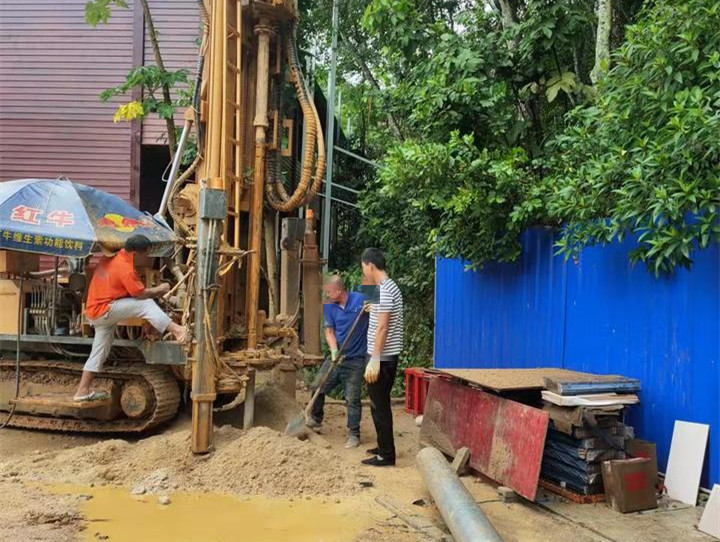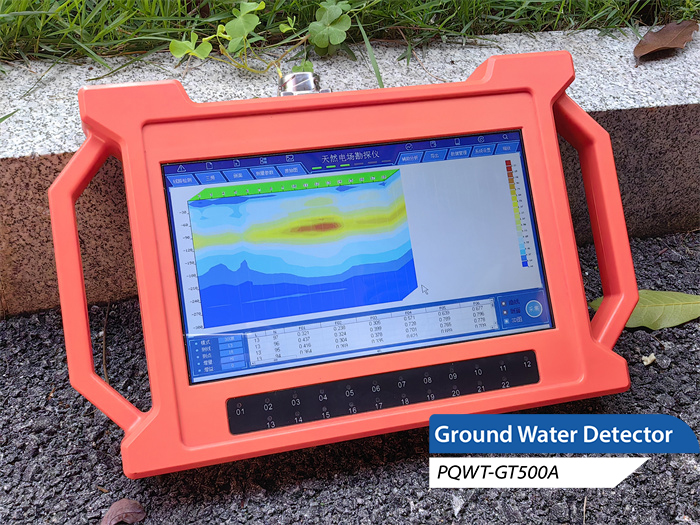With the rapid development of modern society, the demand for water resources is increasing. However, water resources are not abundant in many areas, so finding new sources of water has become an important issue. Drilling a well to find water is a common solution, but how do you determine if there is water underground and how do you find the best source? This article will reveal the scientific guide to drilling wells to find water.

First, understand the distribution of groundwater
Before drilling a well, it is very important to understand the distribution of groundwater. This can be done through geological surveys, geophysical exploration and other methods. By understanding the distribution of groundwater, the best location and depth for drilling wells can be determined, thus improving the water output rate.
Second, selecting suitable well-drilling methods
According to the distribution of groundwater and geological conditions, different well drilling methods can be selected. Generally speaking, there are various methods such as percussion drilling, rotary drilling and down hole drilling. Each method has its advantages and scope of application, and needs to be selected according to the specific conditions.
Third, determine the depth of drilling
Drilling depth is an important factor affecting the water yield. Generally speaking, the deeper the drilling depth, the higher the water yield. However, too deep drilling depth will also increase the drilling cost and time. Therefore, the best drilling depth needs to be determined according to the geological conditions and groundwater distribution.
Fourth, use professional instruments and equipment

In the process of drilling wells, the use of ground water detector can greatly improve the accuracy and efficiency of water search. ground water detector is used to explore and search for bedrock water, fissure water, karst water and so on, and there are known methods of detecting ground water, such as indirect water search method and direct water search method. Indirect methods of detecting groundwater include natural electric field method, electric method, magnetic method, gravity method and other physical exploration methods. At present, the widely used method of searching for water is the natural electric field method.
Fifth, pay attention to environmental protection
In the process of drilling wells, need to pay attention to environmental protection. For example, the need to avoid pollution of the surrounding environment; the need to rationalize the use of water resources to avoid waste; the need to take measures to prevent the drilling process of noise and vibration on the surrounding environment.
In short, drilling wells to find water requires comprehensive consideration of many factors, including geological conditions, groundwater distribution, drilling methods, drilling depth and so on. Only through scientific and reasonable planning and management can the best water source be found and its sustainable utilization realized.








